KEEP UP WITH OUR DAILY AND WEEKLY NEWSLETTERS
PRODUCT LIBRARY
watch our livestream talk with BMW Design at 19:15 CEST on monday 15 april, featuring alice rawsthorn and holger hampf in conversation.
connections: +300
the solo show features five collections, each inspired by a natural and often overlooked occurence, like pond dipping and cloud formations.
discover our guide to milan design week 2024, the week in the calendar where the design world converges on the italian city.
connections: 30
'despite dealing with health-related setbacks, gaetano remained positive, playful and ever curious,' pesce's team said in a post confirming his death.
connections: +130
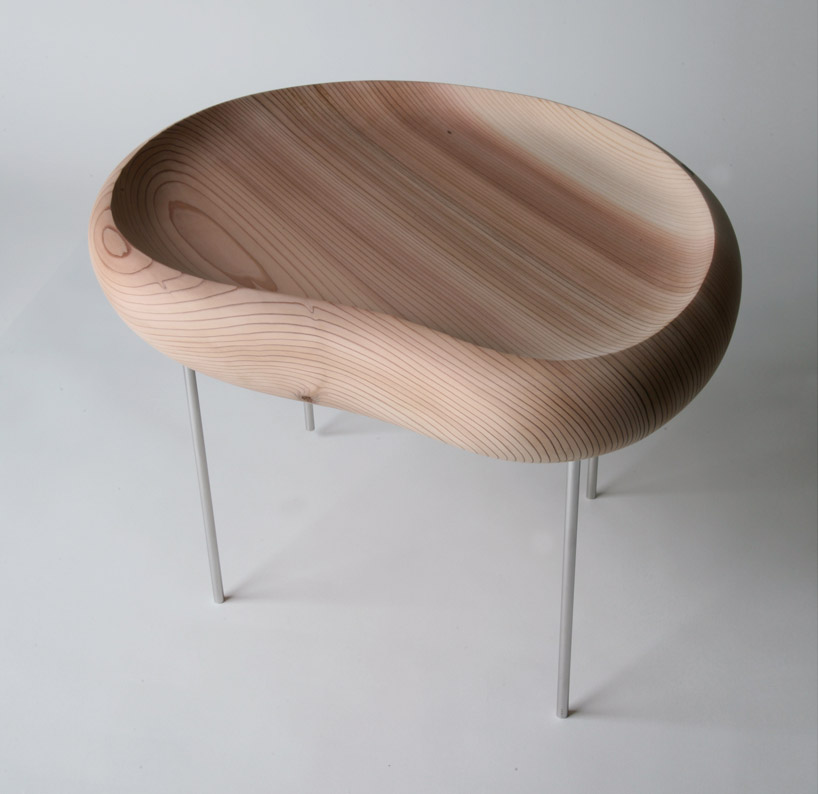
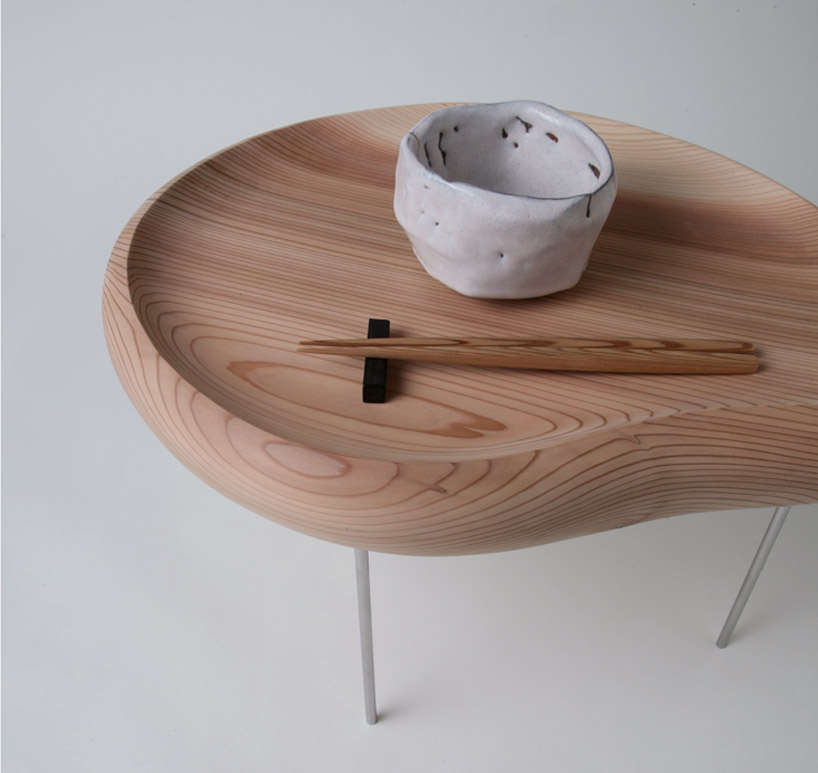 soban reinterpreted by masayuki kurokawa image copyrights © 2010 OCDC, designboom, masayuki kurokawa
soban reinterpreted by masayuki kurokawa image copyrights © 2010 OCDC, designboom, masayuki kurokawa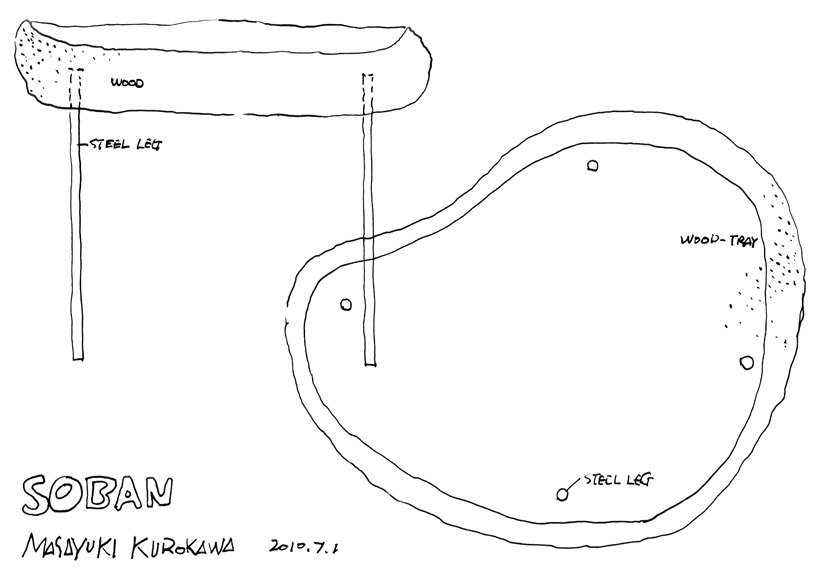 soban reinterpreted, original drawing by masayuki kurokawa image copyrights © 2010 OCDC, designboom, masayuki kurokawa
soban reinterpreted, original drawing by masayuki kurokawa image copyrights © 2010 OCDC, designboom, masayuki kurokawa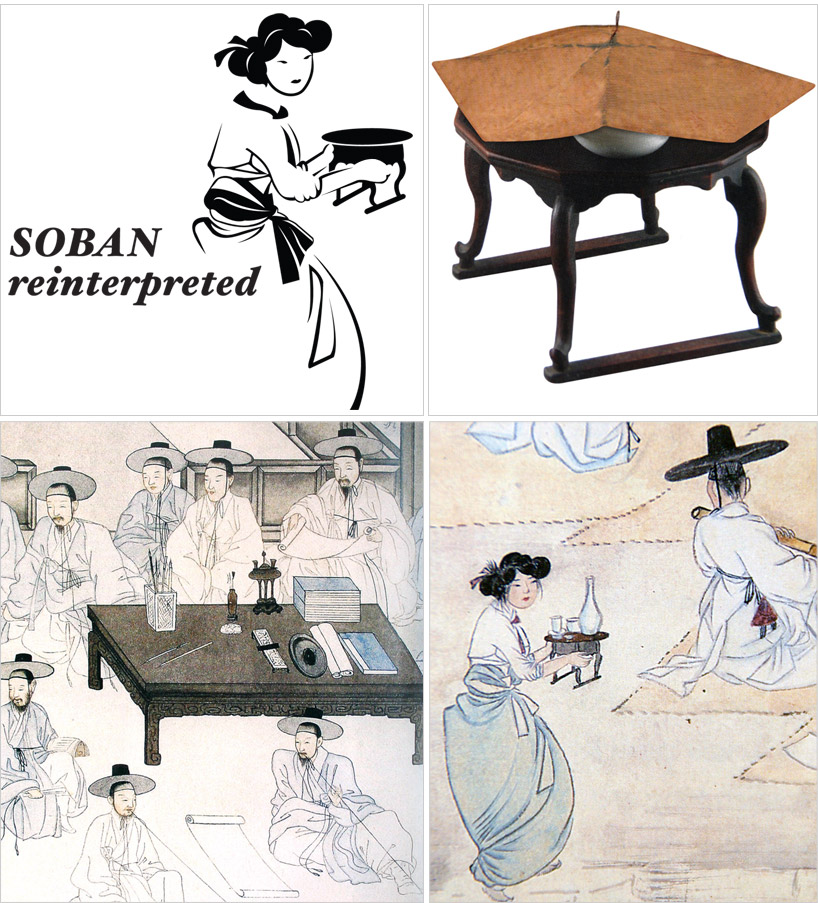 historic background of the exhibition ‘soban reinterpreted’ logo of the exhibition © 2010 OCDC and designboom
historic background of the exhibition ‘soban reinterpreted’ logo of the exhibition © 2010 OCDC and designboom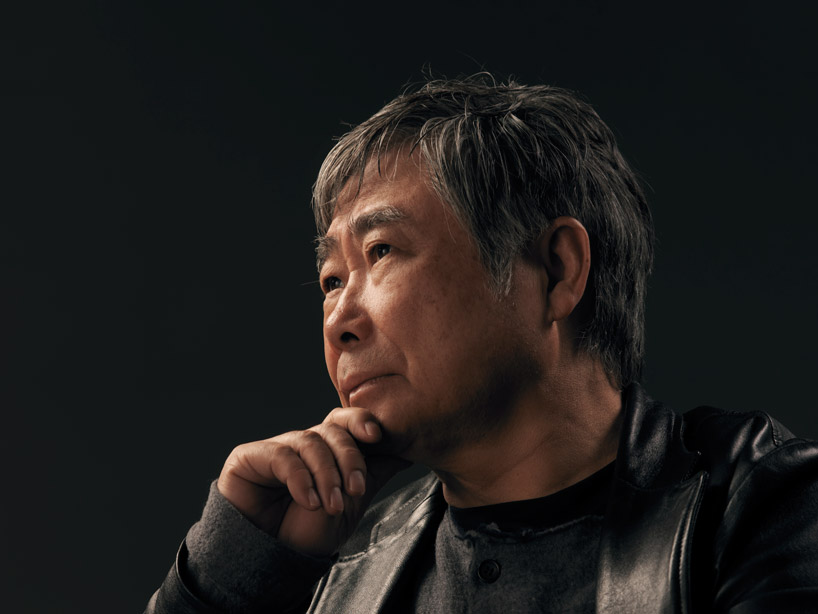 masayuki kurokawa was born in 1937 in nagoya, japan. he is an award winning architect and product designer, whose work has won numerous honors worldwide. he graduated from the department of architecture at the nagoya institute of technology in 1961. in 1967 he completed a master and doctor course at the graduate school of architecture at waseda university. in 1967, he established masayuki kurokawa architect & associates, inc. he is a professor at nihon university graduate school art. his works are in the permanent collections of many museums, including the museum of modern art (MoMA) and the metropolitan museum of art in new york city and the denver art museum. his product designs have been manufactured by such international companies as: maruni, artemide, toto, ricoh.
masayuki kurokawa was born in 1937 in nagoya, japan. he is an award winning architect and product designer, whose work has won numerous honors worldwide. he graduated from the department of architecture at the nagoya institute of technology in 1961. in 1967 he completed a master and doctor course at the graduate school of architecture at waseda university. in 1967, he established masayuki kurokawa architect & associates, inc. he is a professor at nihon university graduate school art. his works are in the permanent collections of many museums, including the museum of modern art (MoMA) and the metropolitan museum of art in new york city and the denver art museum. his product designs have been manufactured by such international companies as: maruni, artemide, toto, ricoh.


